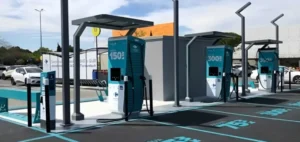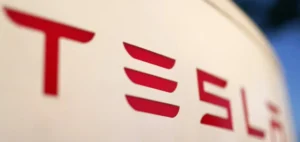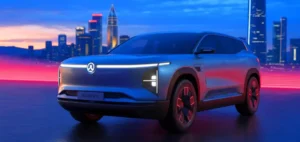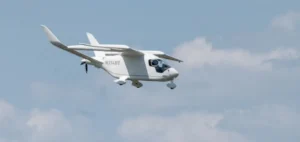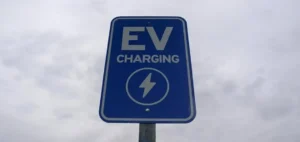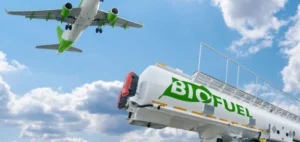At the Millbrook test center, Ineos’ hydrogen-powered Grenadier 4×4 demonstrated its off-road capabilities on rough roads. This innovative vehicle offers an even cleaner alternative to battery-powered electric vehicles. It is designed to contribute to the UK’s goal of carbon neutrality. However, mass production remains a challenge due to various technological and infrastructural obstacles.
Advantages and challenges of hydrogen-powered vehicles
Hydrogen-powered vehicles work by burning pure hydrogen with oxygen. This produces electricity and gives off only water vapour. They offer an extended travel radius and faster recharging times than electric vehicles. Despite these advantages, challenges remain. Indeed, the lack of charging infrastructure, the high cost of isolating hydrogen and limited government support in the UK compared with other European countries, are all hindrances.
Ineos vision and commitment
Lynn Calder, Managing Director of Ineos Automotive, stressed that the creation of this prototype was an obvious choice for the company. Ineos, owned by billionaire Jim Ratcliffe, sees hydrogen as a promising solution for the future of the automobile. Hydrogen-powered buses, trucks and minivans already exist. They are produced by manufacturers such as Hyundai, Renault, Toyota and Vauxhall, demonstrating the viability of this technology on the market.
Future prospects for hydrogen
The success of the hydrogen-powered Grenadier 4×4 could influence the development of the necessary infrastructure. On the other hand, it could strengthen government support in the UK. Hydrogen is abundant and clean, but requires investment to be fully exploited. By reaching series production, Ineos could play a key role in the transition to greener vehicles, supporting carbon neutrality targets.
The hydrogen-powered Grenadier 4×4 from Ineos represents a significant step towards the decarbonization of the automotive sector. Today’s challenges are many. However, Ineos’ determination and technological advances could pave the way for wider adoption of hydrogen as a clean fuel.





